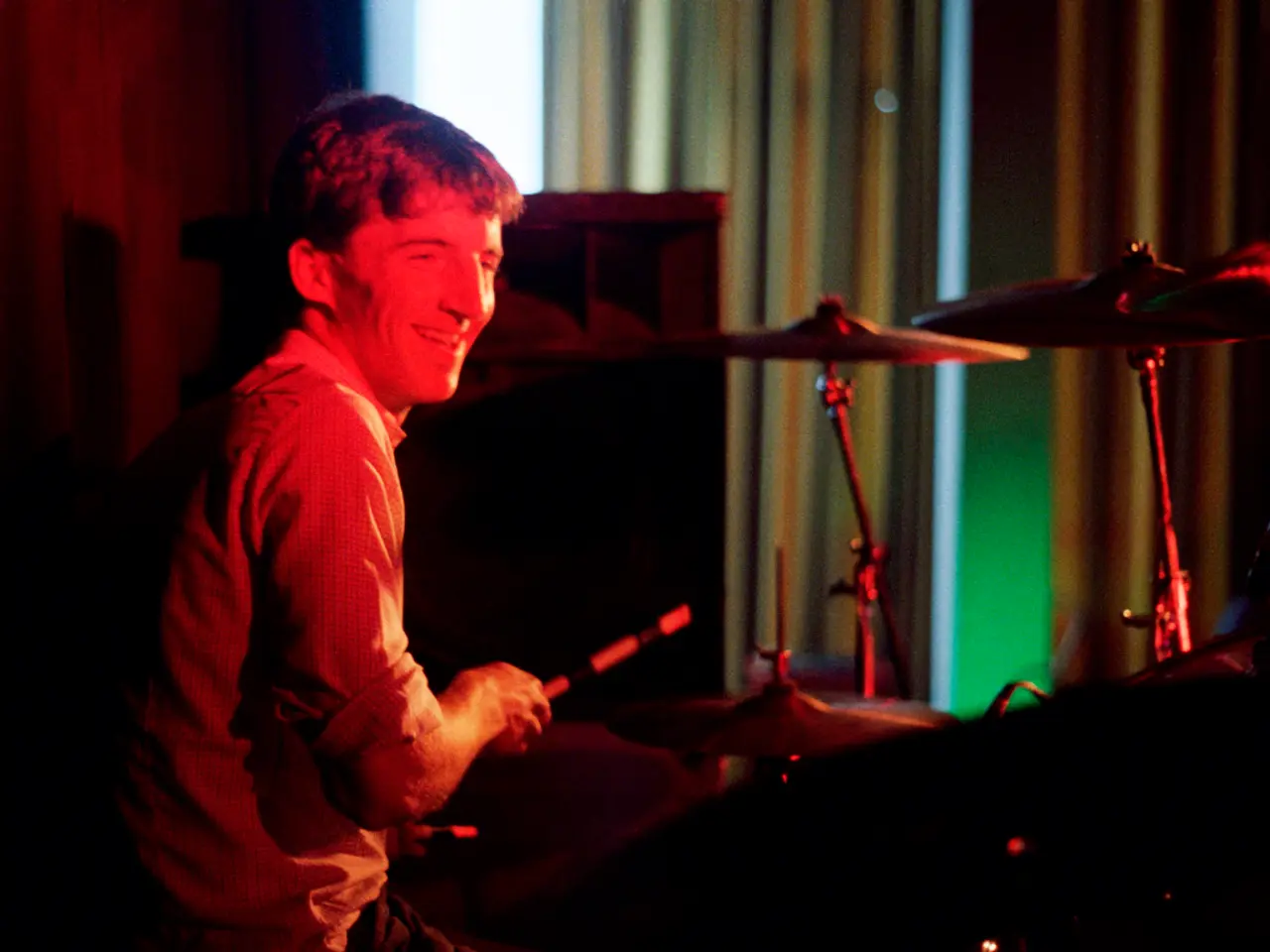Murderous Maestro of Music: Carlo Gesualdo Revealed
In the heart of the Italian Renaissance, a notable composer was born on March 30th, 1566, in Venosa, Italy. Carlo Gesualdo is renowned for his highly expressive and unique madrigals that fused Renaissance polyphony with early Baroque harmonic daring.
Gesualdo’s music is famous for its intense emotion and unusual chromaticism, marking a transition in styles between the Renaissance and Baroque periods. His works tell stories about powerful emotions such as love, ecstasy, death, pain, and agony, and can be used to understand Gesualdo’s own complex life.
Beyond his musical innovation, Gesualdo’s life was shrouded in controversy. In 1590, he planned and committed a double murder, a scandal that became a subject for numerous writers and artists. This dark episode in his life, coupled with his mental illness, further adds to his dramatic and notorious personal history.
Gesualdo’s final two books of Madrigals, published in 1611, were unique for their composition and style, bridging the Renaissance and Baroque periods. His works were classified by some scholars as "Mannerism," a smaller stylistic art movement just before the Baroque era.
The composer Igor Stravinsky, a famous Russian composer, composed a piece called Monumentum pro Gesualdo in honor of Gesualdo and his 400th birth anniversary. Landon K. Cina, a composer for contemporary classical music, discussed Gesualdo’s unique style in her paper, 'Gesualdo's Late Madrigal Style: Renaissance or Baroque?'. Glenn Watkins, a professor and specialist of Renaissance forms of art as well as 20th century music, published The Gesualdo Hex: Music, Myth, and Memory in 2010, which provided an intricate explanation about Gesualdo’s life and how it weaved into most of his works.
Gesualdo officially acquired the title of the Prince of Venosa in 1591 after his father’s death, leaving the estate fully under his control. He was assigned to marry Maria d'Avalos in 1586 to fulfill his responsibility as heir. Maria was twice widowed and significantly older than Gesualdo. However, his return to Venosa after the wedding caused a shift in his life back to darkness.
Gesualdo’s final works were characterized by chromaticism, a music technique that intersperses diatonic chords with other pitches, and served as a synthesis of Renaissance and Baroque styles. Peter Maxwell-Davies composed Tenebrae Super Gesualdo, which tries to encapsulate the eerie sounds reminiscent of Gesualdo’s unconventional style from centuries ago.
Brett Dean, a modern Australian composer and conductor, composed Carlo, which resembles the intense, suspenseful, and complicated nature of Gesualdo’s sections of the madrigals. Watkins also delved into the style of Gesualdo and how he allowed modern musicians to incorporate their own elements to add onto what he started.
Gesualdo was named after his uncle, Carlo Boremo, who was the son of Pope Pius IV and was canonized in 1610. His ancestor Sansone II was granted the title of Count of Conza in 1452. The Italian culture and the arts were booming during the Italian Renaissance, a period that lasted from 1400 to 1600.
There are few records about Gesualdo’s early life, but it's known that he did not live a very cheerful childhood as his mother died when he was 7 years old. Despite the controversies and tragedies in his life, Gesualdo’s music continues to captivate audiences and inspire composers to this day.
Photography capturing the intrigue surrounding Carlo Gesualdo's complicated life could emphasize the contrast between his illustrious musical career and the dark scandals in his personal history.
Integrating Gesualdo's madrigals into a mental health-themed play could highlight how music can express intense emotions and offer insights into the emotional turmoil experienced by the composer.
A cultural event focused on the Italian Renaissance could include a spotlight on Gesualdo, showcasing his contributions to music during that period, and discussing the role of culture in shaping his unique, chromatic compositions.








